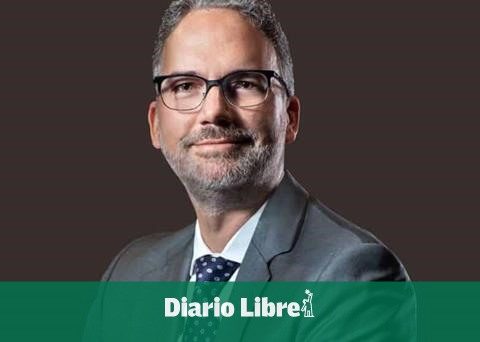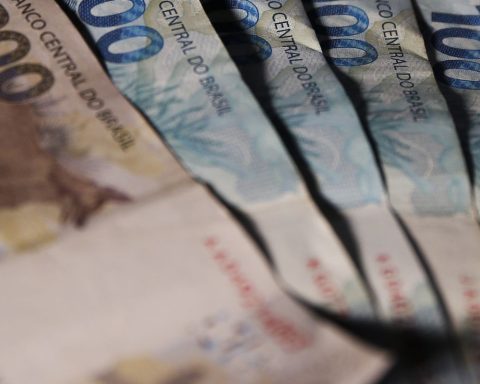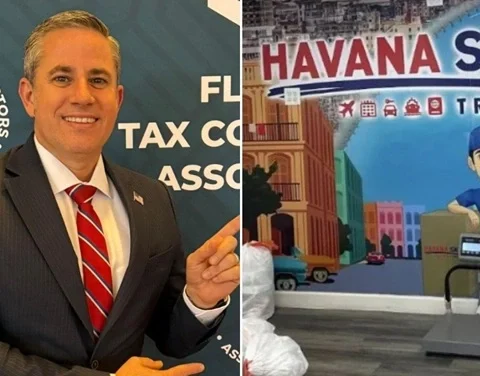For Dominican producers of ricea sector that its actors claim employs up to 300 thousand people and can cover the entire national demand, next January 1 is seen as the arrival of a much vaunted wolf… that blow in slow motion that everyone knows will impact , but whose consequences no one dares to assure.
When the curtain opens in 2025, the last tariff rate that made the product more expensive will fall. rice US to enter the Duartian ports, 11.88% of 2024, a rate that began at 99% in 2006, when the DR-Cafta.
There has been no successful diplomatic effort that has managed to extend protection and fear spreads among 30,000 local producers before the landing of the world’s fourth largest exporter of grain.
Oliverio Espaillata reference for efficiency in cereal production in the country, is pragmatic, with an inclination towards optimism.
“We are much more prepared than 20 years ago and we continue to advance and that does not stop in terms of mechanization and in terms of genetic varieties and I do not see any collapse of the rice sector,” says Espaillat, who receives DL on his farm in Cotuí. “I’m not afraid of DR-Cafta for two things: we have to pursue good performance in the field, to do this we have to sow at the correct time, the correct variety for that area, fertilization through a soil analysis, use of biostimulants, good weed control , that’s going to give us good performance.”
The subsidy paid in the North to its producers is the great obstacle. In 2023 only, the United States Department of Agriculture, through the Agriculture Production Program Rice (RPP in English), disbursed up to US$1.28 for each pound produced in subsidies to qualified producers. It is more than double what a pound costs in the Dominican market.
Technological improvement
Espaillat bases his approach on the approach to technology that he once understood the business, more than three decades ago.
“We are in 2024 and 98% of the country is still harvesting in bags and not in machines. That can be changed. The structure is already there, the teaching is there, the equipment is there,” he laments.
The preparation of the land that is worked is plowed by modern wheel tractors that mistreat the soil as little as possible, the sowing of the seeds is automated, the application of the fertilizer is carried out with state-of-the-art equipment that reads the land with GPS and then applies that protein as required by the land. The herbicide spray arrives with drones and the route of the rice It is with tractors.
But he warns that “situations may arise where government support is necessary,” which he has no doubt will come. “We have to be clear that we have to produce a lot at a reasonable cost,” he says.
In addition to the 1,600 tasks that he cultivates on his property, this agronomist (PUCMM) born in Villa Tapia, has worked in the sector since 1989 when an older brother “recruited” him and became independent six years later. He understood the business in time and began to equip himself with technology that he currently uses to carry out another 8,400 associate tasks. At its peak it has planted up to 16,000 tasks.
“From 2008 back, rice American was of higher quality than the one from here, but when these new materials with such a good flavor arrived, they began to displace the quality of the American one,” he says. “The genetic part began to change. Improved the quality of rice ours in relation to the American one, which is the one we are going to compete with.
It refers to the fact that in the last three decades, Dominican scientific work has achieved successes, with emphasis on Dr. Federico Cuevas, and the Juma 6920 variety, which has yielded great benefits among producers.
The cereal that arrives
In the last five years, over 99% of imports of rice came from the United States. According to the Trade Map database, in 2009 the largest amount of rice from the United States, about US$25.1 million. That figure fell to US$4.3 million in 2012, but by 2023 it reached US$18.4 million, the lowest amount in the last three years although the tariff rate was the lowest in the era. DR-Cafta.
“We already have a range of options (of varieties) and more varieties continue to arrive because companies are interested in improving, so that is a strength that we have now, in the face of the challenges of the DR-Caftathat our rice It is of higher quality than the one that comes from the United States, which is what worries us,” says Espaillat, who in 2021 was chosen agribusiness of the year by the Dominican Agrobusiness Board (JAD).
self-sufficiency
The country is self-sufficient in the cultivation of ricewith an average annual production that, according to the Department of agriculturereached 13.8 million quintals between 2018 and 2023, very close to its internal consumption, which reaches 14.3 million quintals per year.
In that section, production grew by 3%, going from 13.8 million quintals in 2018 to 13.5 million in 2023. In both 2021 and 2022, the 14 million threshold was exceeded. However, domestic demand increased more rapidly, doing so by 8.9%, since in 2018 Dominicans consumed 13.9 million quintals of riceMeanwhile, by 2022 the intake reached 15.2 million.
Who can compete?
“Those who have good productivity, if you produce over 500 kilos minimum per task on your farm, that says that you are prepared and many producers achieve it because the soils are prepared, they have good soils, they have guaranteed water, they have good management of the cultivation, because the management of the crop is basic, I am talking about the planting season, fertilization, good control of weeds, pests and diseases, using quality products. When you guarantee 500 kilos it is already prepared, the machines, the equipment come to compensate. the lack of labor, which there is none,” says Espaillat.
A workforce that asks to become more technical and that appeals to the National Institute of Professional Technical Training (INFOTEP) to get involved, in addition to credit from the Agricultural Bank with competitive rates.


















